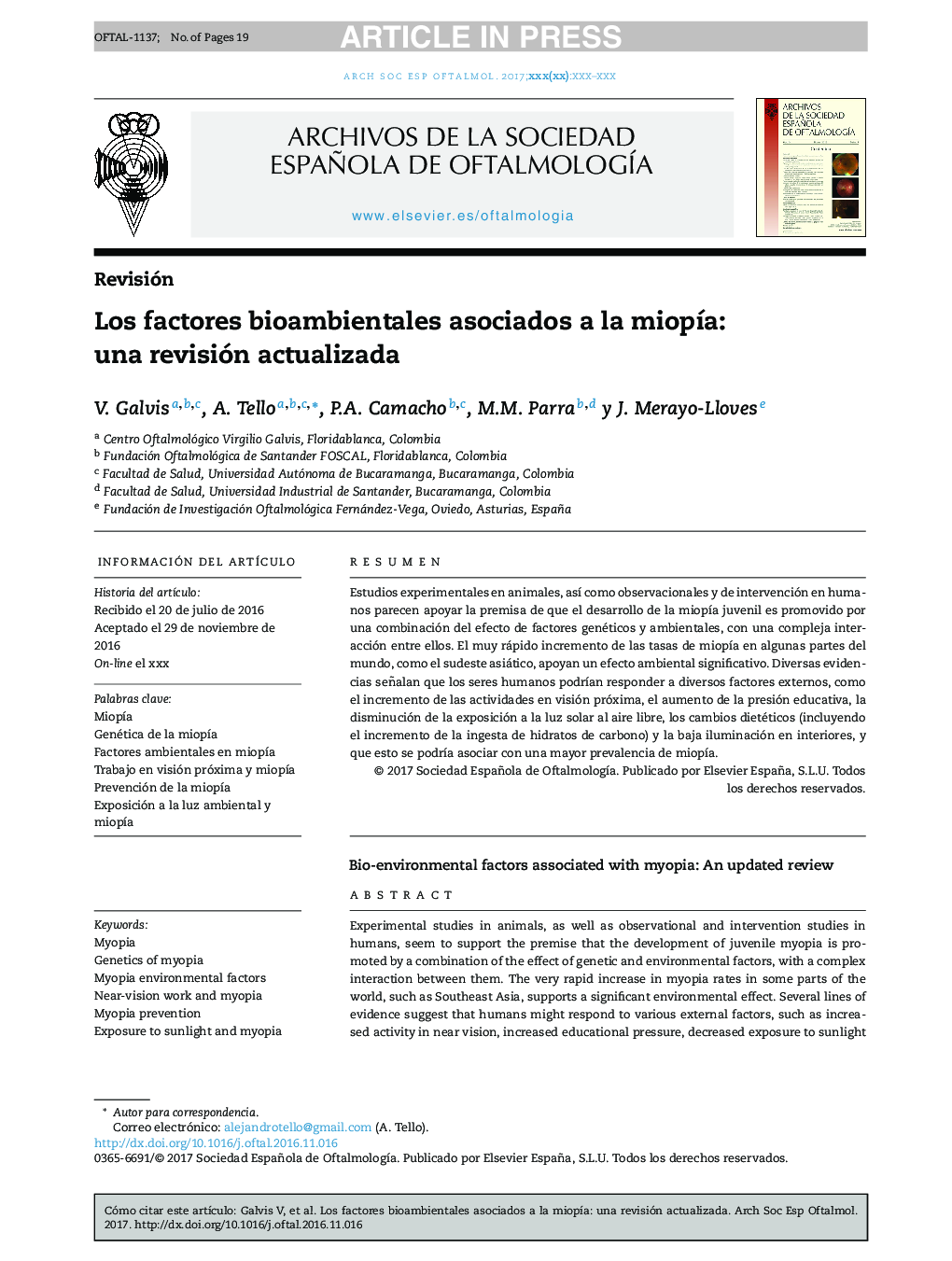| Article ID | Journal | Published Year | Pages | File Type |
|---|---|---|---|---|
| 5703530 | Archivos de la Sociedad Española de Oftalmología | 2017 | 19 Pages |
Abstract
Experimental studies in animals, as well as observational and intervention studies in humans, seem to support the premise that the development of juvenile myopia is promoted by a combination of the effect of genetic and environmental factors, with a complex interaction between them. The very rapid increase in myopia rates in some parts of the world, such as Southeast Asia, supports a significant environmental effect. Several lines of evidence suggest that humans might respond to various external factors, such as increased activity in near vision, increased educational pressure, decreased exposure to sunlight outdoors, dietary changes (including increased intake of carbohydrates), as well as low light levels indoors. All these factors could be associated with a higher prevalence of myopia.
Related Topics
Health Sciences
Medicine and Dentistry
Ophthalmology
Authors
V. Galvis, A. Tello, P.A. Camacho, M.M. Parra, J. Merayo-Lloves,
